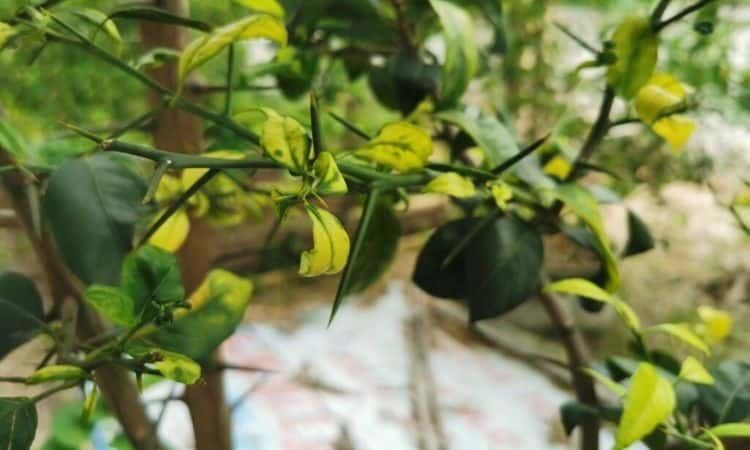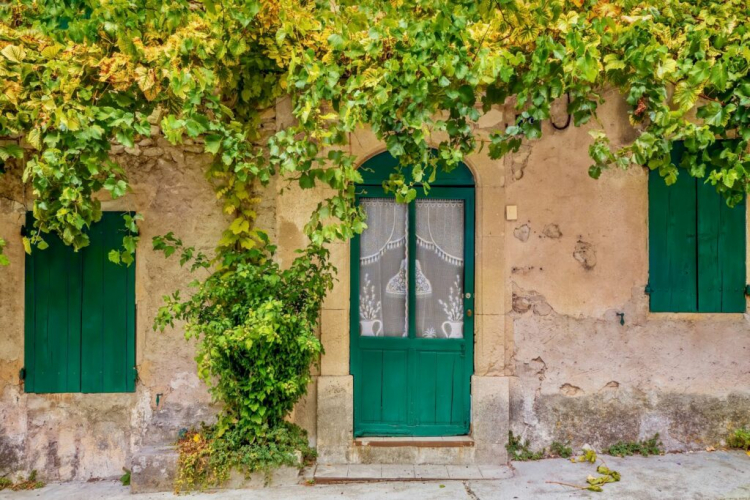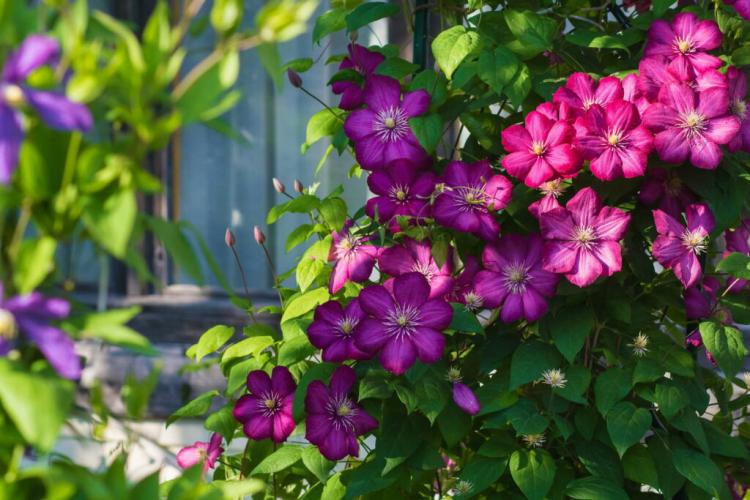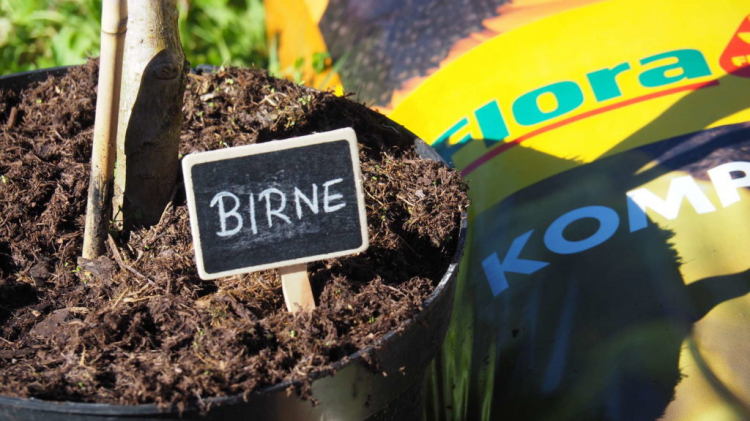Why Causes For Yellow Leaves On Your Lemon Tree?
Why does your lemon tree get yellow leaves? If you have already asked yourself this question, we will explain what may be the cause and how to combat it. Yellow leaves are always a clear sign: Your lemon tree (Citrus x Limon) is not feeling well and is crying out for help. Now it’s your turn to find the cause and fix it.
If this is not done, your lemon tree will gradually get rid of its leaves and may even die. Still, yellow leaves or leaf loss are no reason to panic. Once the cause is found, the tree can usually be easily saved. Even if your lemon has already lost all its leaves, it can sprout new ones.
Recognize chlorosis in the lemon tree
Table of Contents
As a rule, bleaching disease in lemons and other representatives of the rue family always looks quite similar: Due to the lack of chlorophyll, the leaves turn yellow. However, usually not the whole leaf is affected, but only the spaces between the leaves.
The leaf veins usually remain green. Untreated chlorosis extremely weakens the affected plant and in individual cases can even lead to the death of the entire plant. In most cases, an indirect iron deficiency is responsible for this disease.
Causes of yellow leaves on the lemon tree
If the leaves of your lemon tree turn yellow, then caution is advised. While the lemon tree does shed individual leaves from time to time, if many leaves are affected at once, this is a clear warning sign that may indicate a variety of problems:
- Stagnant water: frequent watering is well-intentioned, but can quickly become too much. Then the roots begin to rot and the lemon tree leaves turn yellow. Check if the soil is heavily soaked or if the water is standing in the planter.
- Drought: Drought can also lead to yellow leaves. These are then often slightly curved.
- Nutrient deficiency: Lemons have a high demand for iron. If there is a lack of this element, the leaves turn yellow. First, the leaf edges turn yellow, so that gradually only the leaf veins are green. In addition, it is usually only the younger leaves that are affected. A deficiency of other elements such as zinc can also cause similar symptoms.
- Wrong location: The wrong location can also cause yellow leaves and leaf drop. Drafts or a lack of light can be the causes. Especially in winter quarters, a combination of high heat and low light is often responsible for discolored leaves and leaf drop. Changing the location too often also causes stress to the plant.
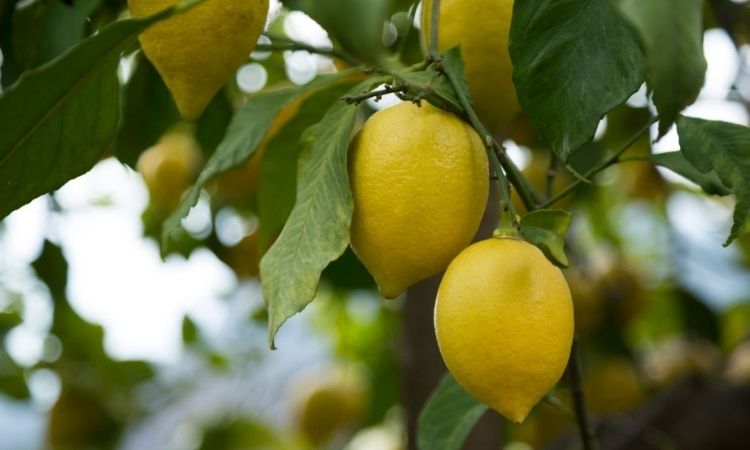
How to fight and avoid yellow leaves on the lemon tree?
Different causes call for different measures – but how to combat the causes of yellow leaves on the lemon tree?
- If waterlogging, of course, helps to waterless. Especially in the cool winter quarters, when the plant evaporates less water, it should be watered sparingly. Permeable soil and a drainage hole in the pot are helpful in preventing waterlogging. Repotting the plant as an immediate measure, however, only makes sense in the spring at the beginning of the new growing season, as plant growth is stimulated by repotting.
-In case of drought, the plant should be watered sufficiently in the future, especially during the growing season in the warm months. However, make sure that drought is really the trigger of yellow leaves. Often, already weakened lemon trees are only further damaged by well-intentioned watering when drought is not the actual cause. - If there is a nutrient deficiency, proper fertilization of the lemon tree is critical. Nevertheless, remember that even if deficiencies appear, you should not fertilize from August until the following spring, otherwise the plant will put its energy into growth at the wrong time of year and thus enter the winter weakened. Important prevention against nutrient deficiency is regular repotting of the lemon every two to three years, as well as adequate fertilization.
- In case of the wrong location, of course, you should find a new location for your lemon tree. Be sure to provide sufficient light. The lemon especially enjoys direct sunlight. Cold drafts, on the other hand, are rather less pleasing to the lemon tree, which is why you should start looking for a somewhat more sheltered location for your plant. In the future, think carefully about whether the planned location is really suitable because a change of location brings a lot of stress. Therefore, lemon trees are usually sensitive to a change of location.

Prevent chlorosis on the lemon tree
The cause of an iron deficiency and accompanying chlorosis is often in the soil. The soil of purchased container plants is usually of miserable quality and should be replaced to prevent chlorosis. This will save you a lot of work and trouble.
For repotting we recommend high-quality and loose soil with a pH value around 5.5 – 6.5. It does not necessarily have to be a special citrus soil. It is much more important to remove as much of the old soil as possible when repotting without damaging the roots too much.
However, you can just as easily measure the pH of the soil, for example with a pH measuring set. If the pH is indeed too high, it can be lowered with Epsom salt.
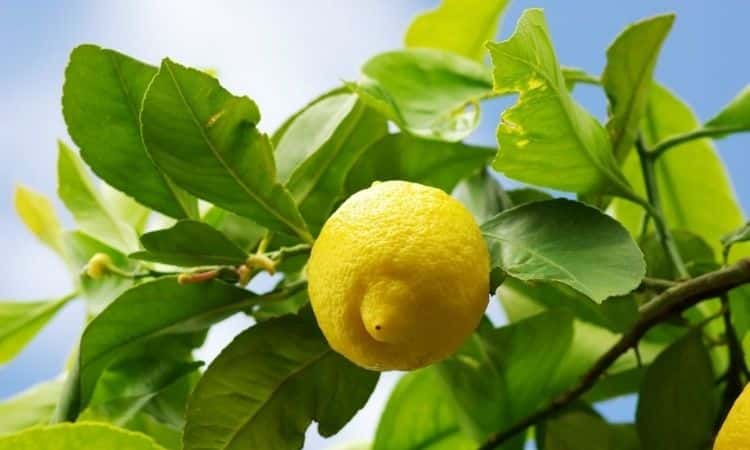
How to fight and avoid yellow leaves on the lemon tree?
Different causes call for different measures – but how to combat the causes of yellow leaves on the lemon tree?
- If waterlogging, of course, helps to waterless. Especially in the cool winter quarters, when the plant evaporates less water, it should be watered sparingly. Permeable soil and a drainage hole in the pot are helpful in preventing waterlogging. Repotting the plant as an immediate measure, however, only makes sense in the spring at the beginning of the new growing season, as plant growth is stimulated by repotting.
- In case of drought, the plant should be watered sufficiently in the future, especially during the growing season in the warm months. However, make sure that drought is really the trigger of yellow leaves. Often, already weakened lemon trees are only further damaged by well-intentioned watering when drought is not the actual cause.
- If there is a nutrient deficiency, proper fertilization of the lemon tree is critical. Nevertheless, remember that even if deficiencies appear, you should not fertilize from August until the following spring, otherwise the plant will put its energy into growth at the wrong time of year and thus enter the winter weakened. Important prevention against nutrient deficiency is regular repotting of the lemon every two to three years, as well as adequate fertilization.
- In case of the wrong location, of course, you should find a new location for your lemon tree. Be sure to provide sufficient light. The lemon especially enjoys direct sunlight. Cold drafts, on the other hand, are rather less pleasing to the lemon tree, which is why you should start looking for a somewhat more sheltered location for your plant. In the future, think carefully about whether the planned location is really suitable because a change of location brings a lot of stress. Therefore, lemon trees are usually sensitive to a change of location.
Prevent chlorosis on the lemon tree
The cause of an iron deficiency and accompanying chlorosis is often in the soil. The soil of purchased container plants is usually of miserable quality and should be replaced to prevent chlorosis. This will save you a lot of work and trouble.
For repotting we recommend high-quality and loose soil with a pH value around 5.5 – 6.5. It does not necessarily have to be a special citrus soil. It is much more important to remove as much of the old soil as possible when repotting without damaging the roots too much.
However, you can just as easily measure the pH of the soil, for example with a pH measuring set. If the pH is indeed too high, it can be lowered with Epsom salt.
